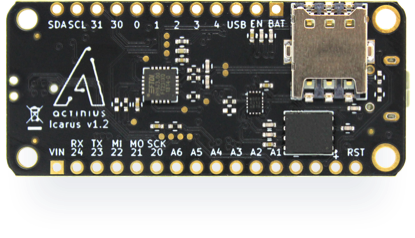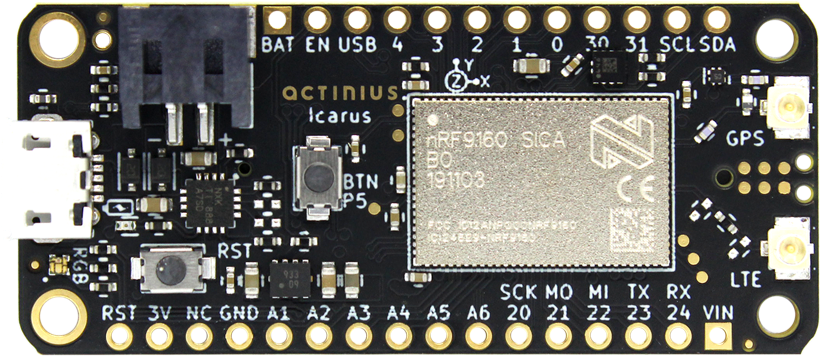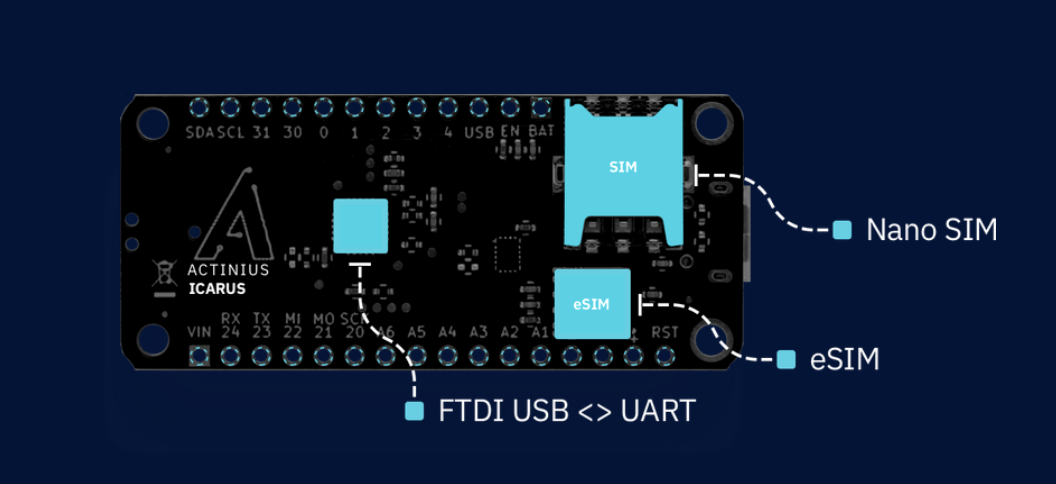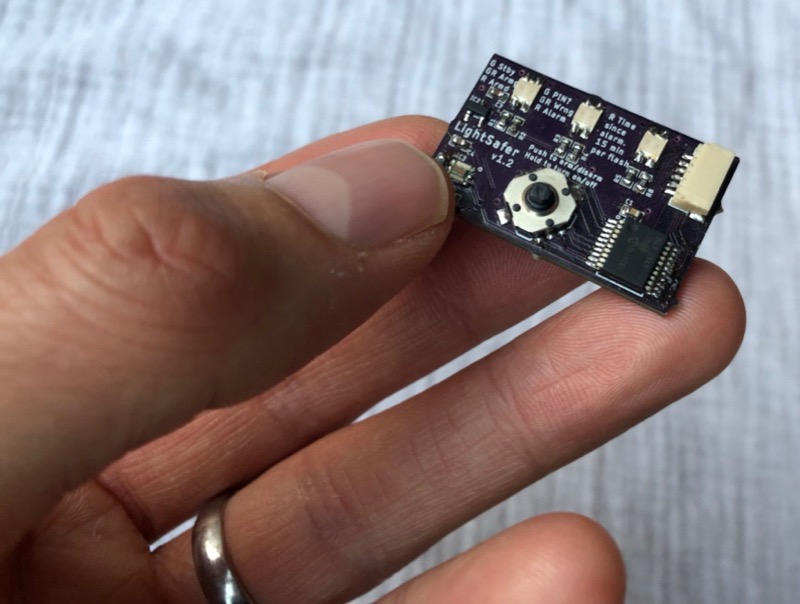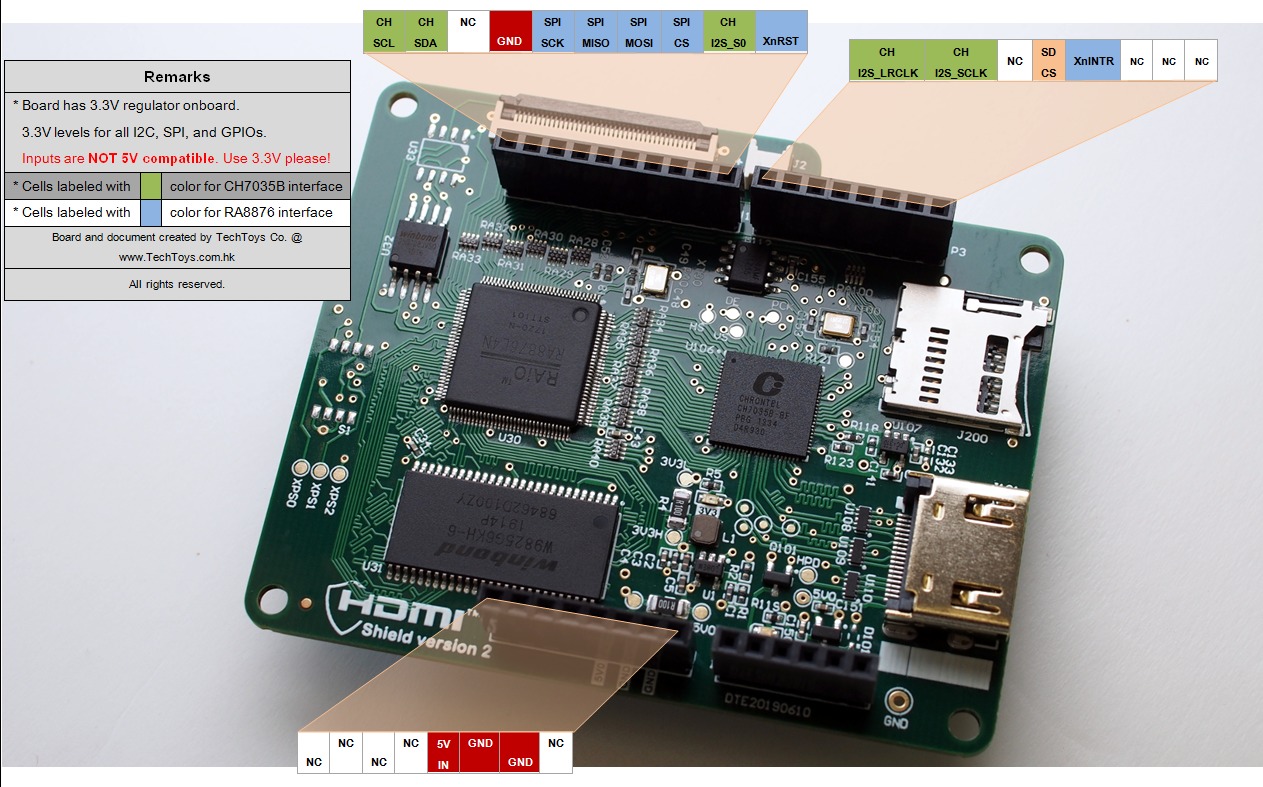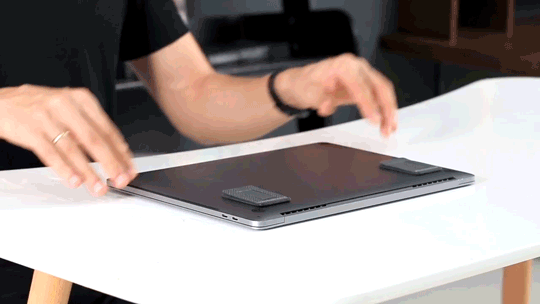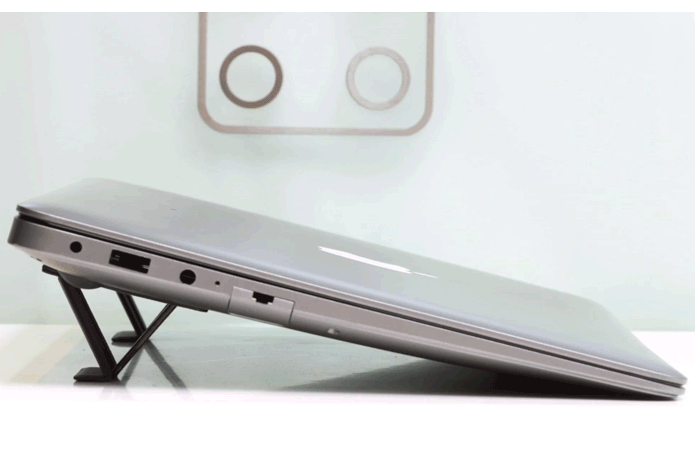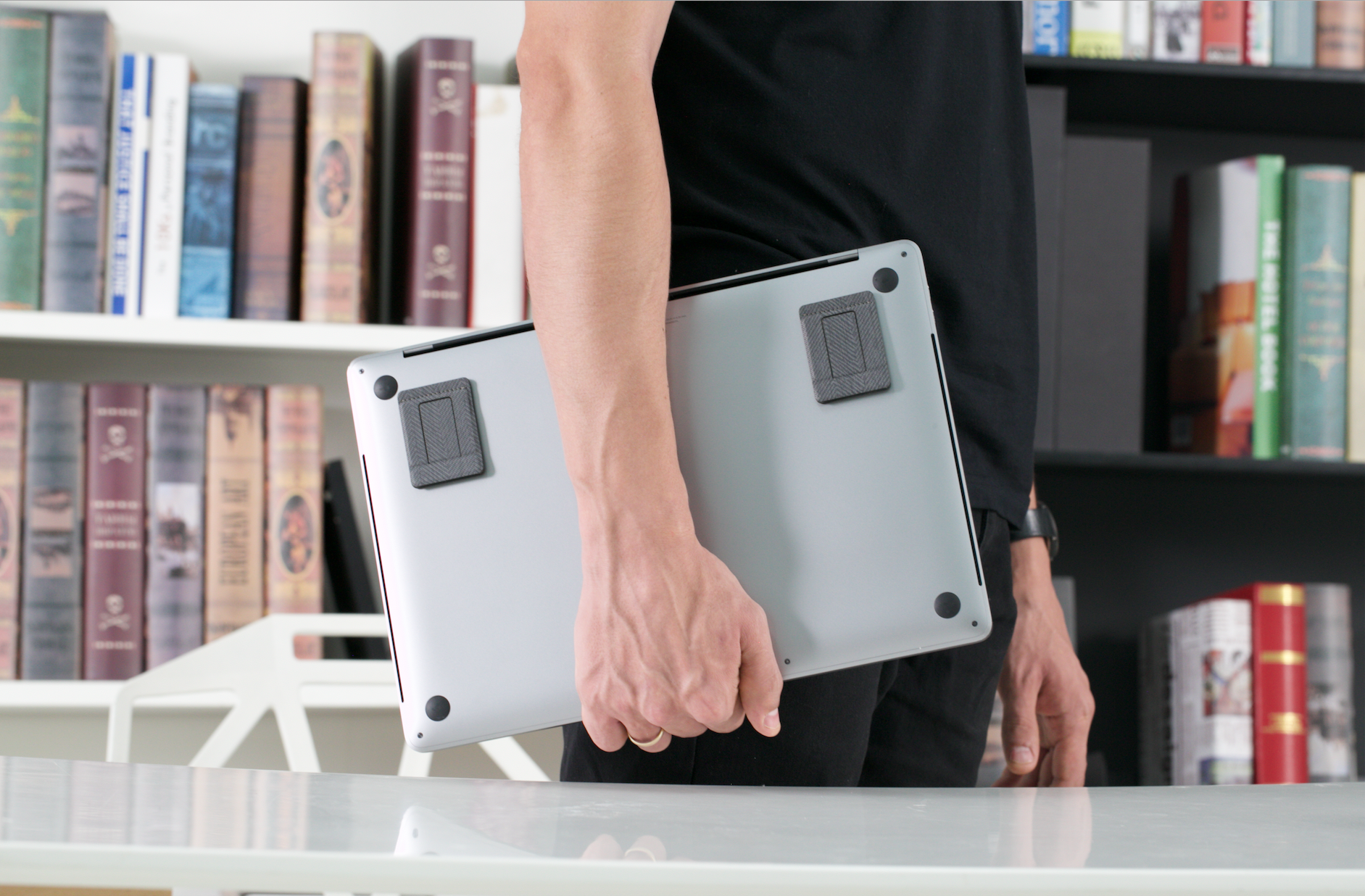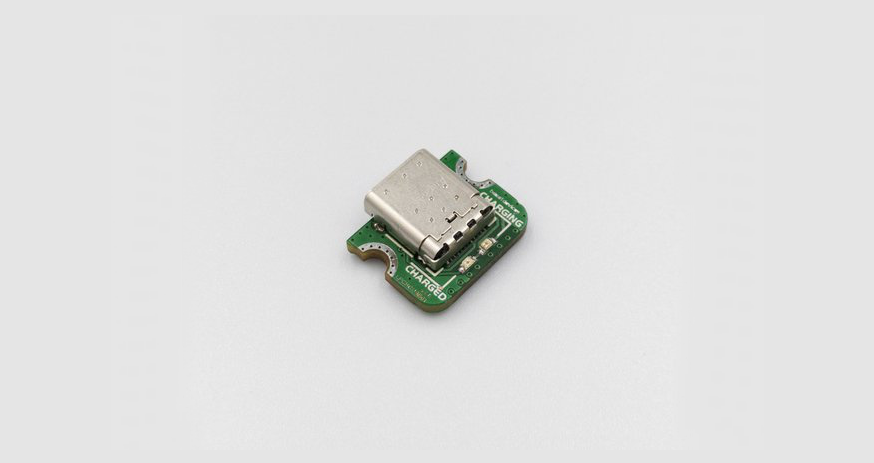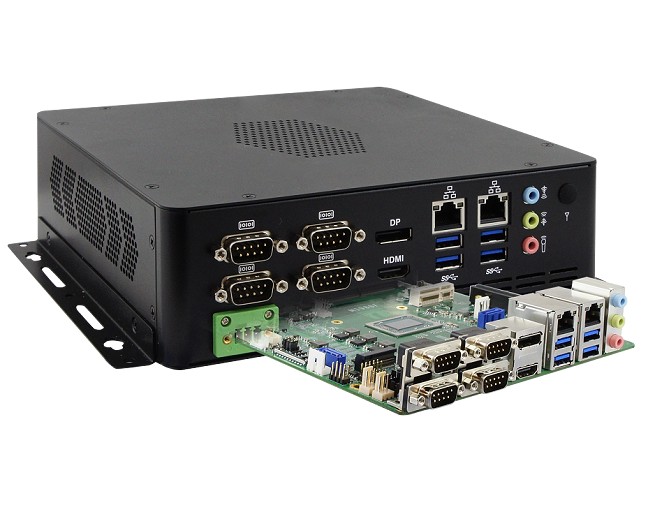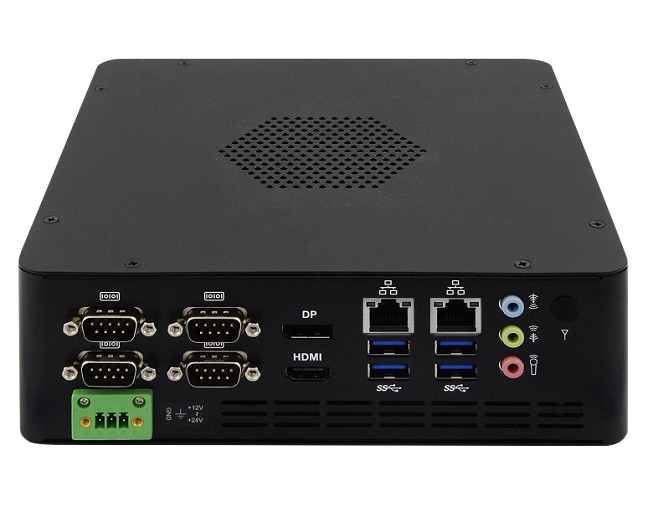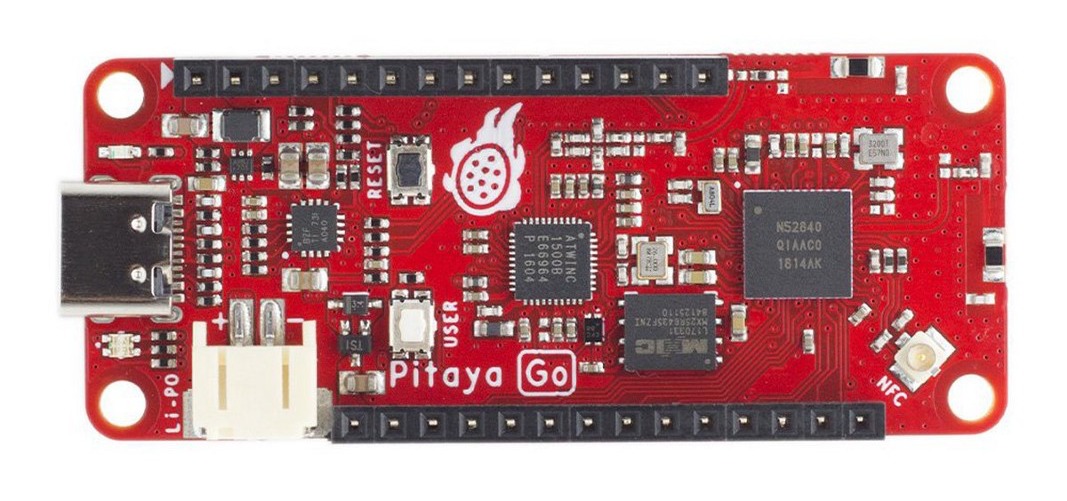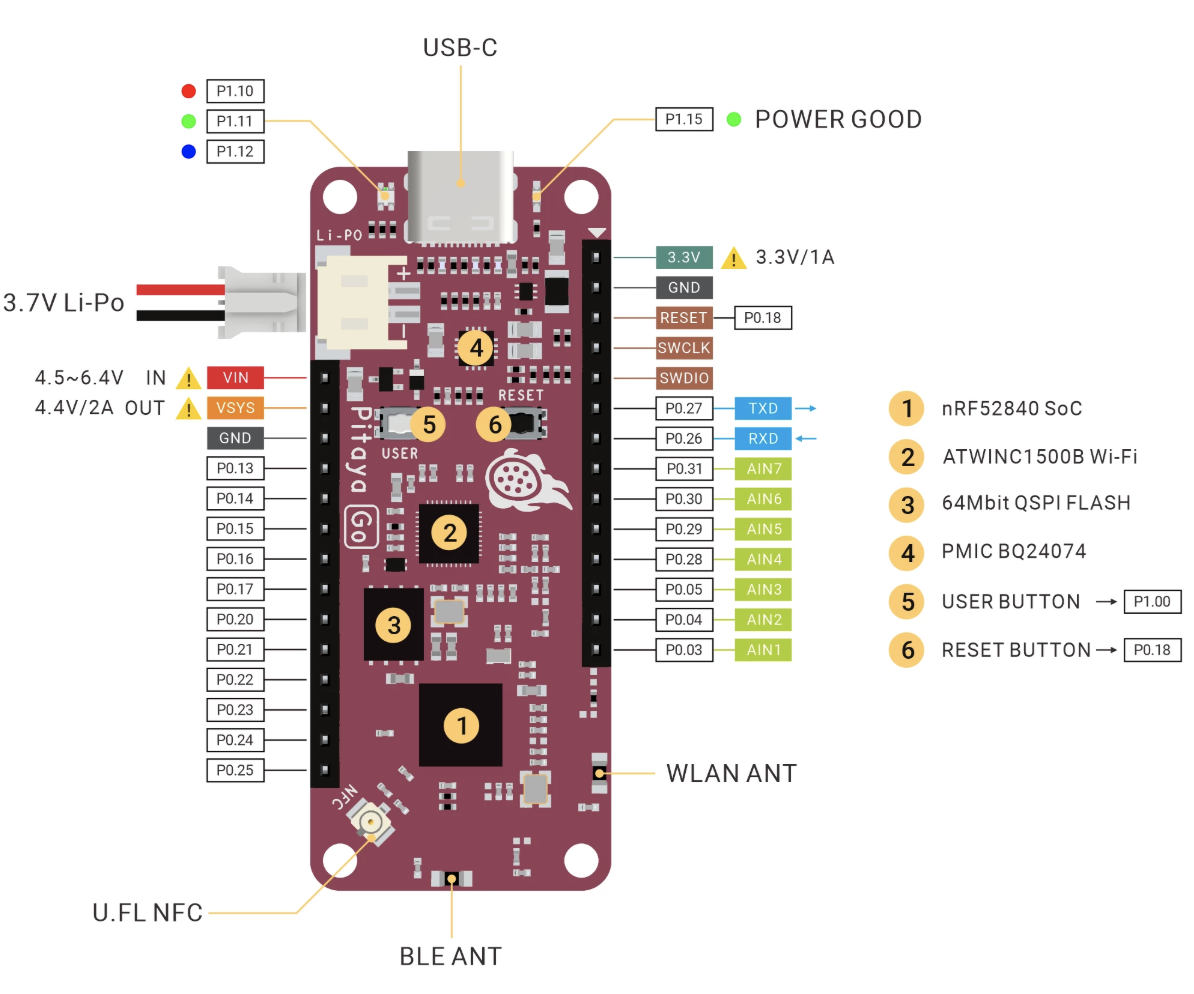More-powerful, low-power Icarus IoT Board sells at €99,50
Low-power, cost-effective Icarus IoT board built with the newest nRF91 modem from Nordic Semiconductor combines the latest technological features in the market and integrates the use of GPS and cellular data (LTE-M / NB-IoT) all in one to offer an endless range of possibilities. The new offering from Actinius delivers better specs at a relatively lower price. The board sells at €99,50 (exclusive of VAT) and comes with 3 months free LTE-M data for testing your prototype. With Icarus board, you can get your project online anywhere, anytime, monitor or keep track of any asset, fleet or cargo.
This 50.8mm X 22.8mm board can be used anywhere and anytime as it can be powered from any combination of battery, USB, or VIN (e.g. solar panel). It operates on a nominal operating input voltage of 4.35V – 10.2V and a maximum input voltage (safe rating) of 28V. The board is fully form-factor compatible with the Adafruit Featherwing, so you can install several extra components to the extension pins. It has an in-built over-voltage and under-voltage protection, with a USB-friendly Li/Ion/LiPolymer charger with MPPT, low-noise and incredibly low power consumption rate with power supply output up to 400mA.
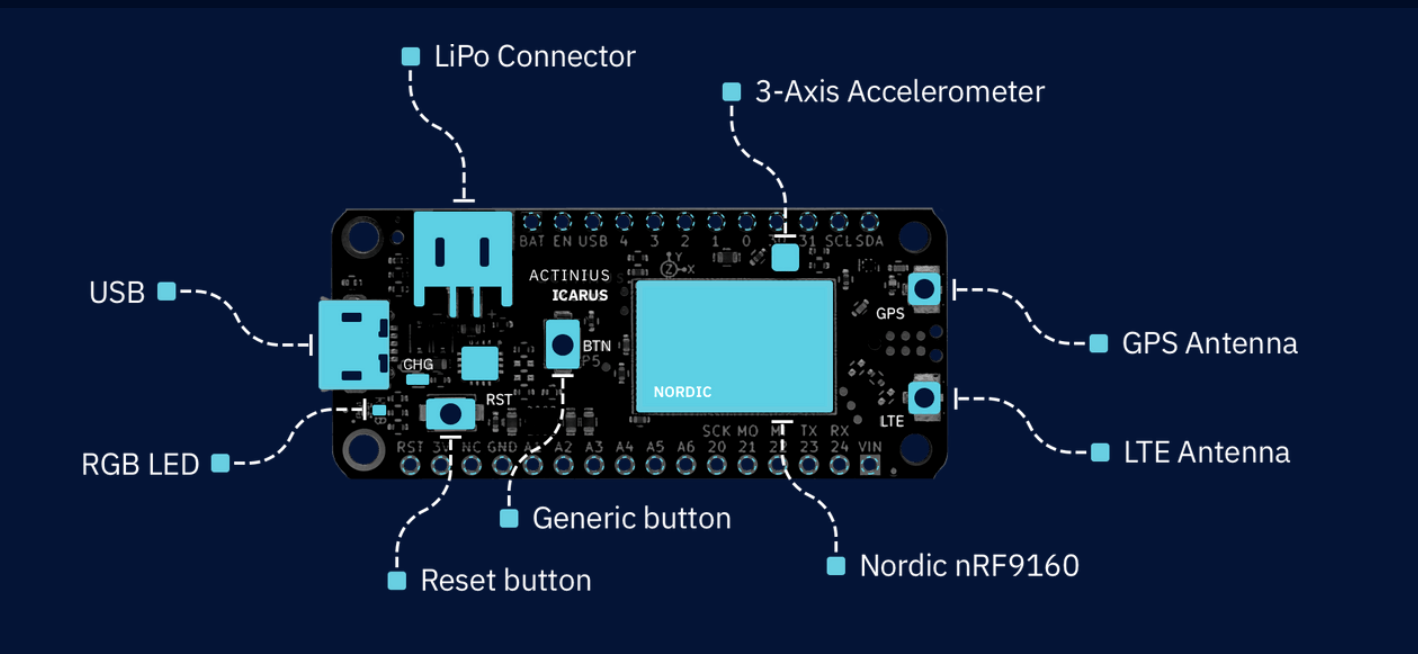
The Icarius IoT board is a true IoT development board with several connectivity options including a Nano-SIM and Embedded SIM, support for LTE Cat-M1 and LTE Cat-NB1 aka NB-IoT providing Global coverage with PSM and eDRX being supported. It also onboard supports security with several features including; the ARM® Trustzone®, the ARM® Cryptocell 310, SSL/TLS support, and it’s being supported by the OTAU Platform of Actinius for always secure and up-to-date firmware.
For sensors and on-board peripherals, the board uses RGB Led, GPS, reset and general-purpose buttons, battery voltage reader and a low power 3-axis accelerometer. Other great specs include:
- 18x general-purpose IO
- Up to 6x 12-bit, 200 ksps ADC with EasyDMA
- 4x 12C master/slave with EasyDMA that can be mapped to any pin
- 4x UART with EasyDMA
- 4x pulse width modulator with EasyDMA
- An Inter-IC sound Interface of 12S with EasyDMA
- Digital microphone interface (PDM) with EasyDMA that can be mapped to any pin
- 4x SPI master/salve with EasyDMA
- Serial Wire Debug (SWD) on 6-pin
- ARM Cortex M33 processor
- 1MB Flash
- 256 kb RAM
- power-saving mode and an extended discontinuous reception
The board comes pre-programmed with a firmware application that initializes peripherals and starts at AT host. If you are just getting started with the Icarus IoT board, check out more information on https://www.actinius.com/icarus


